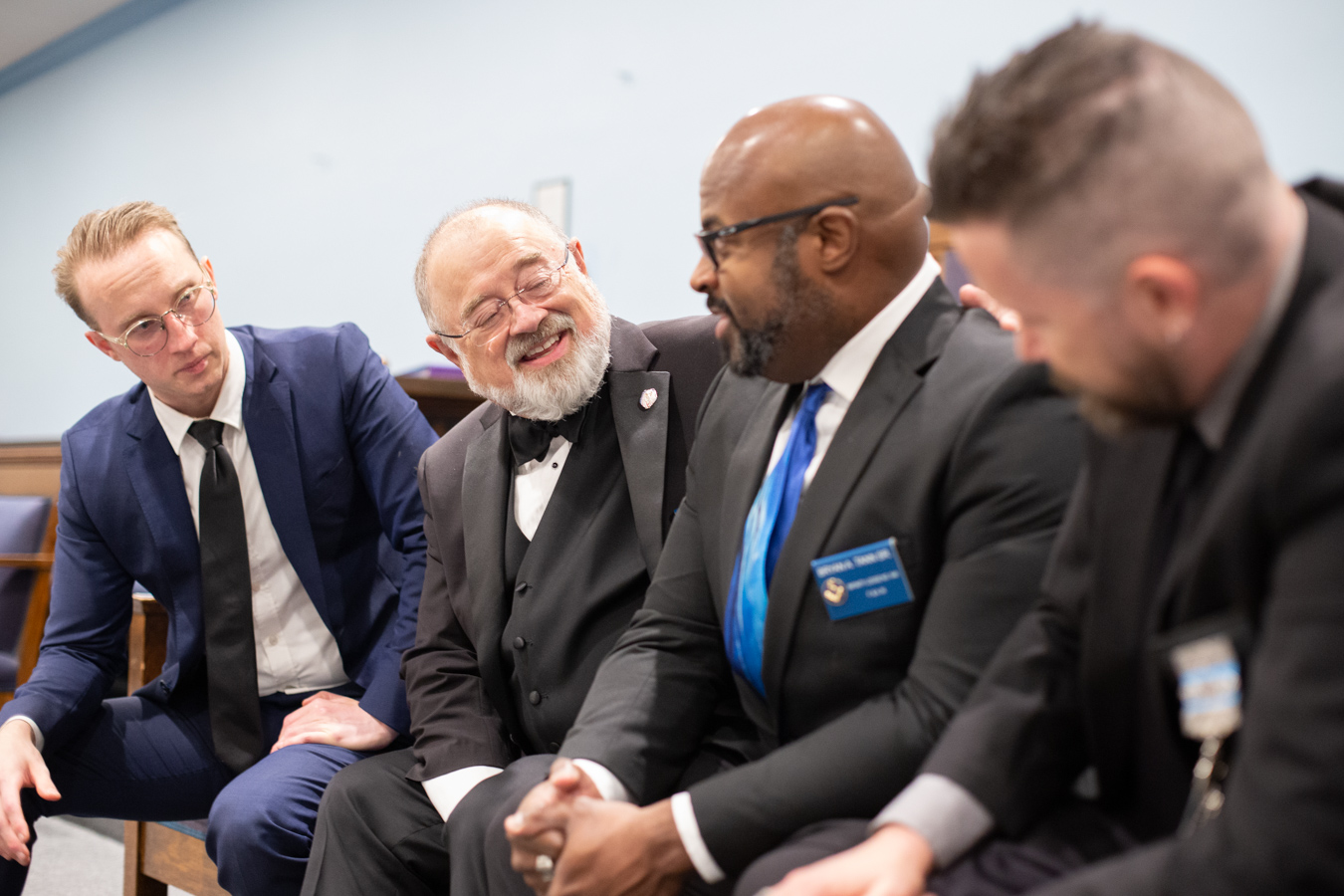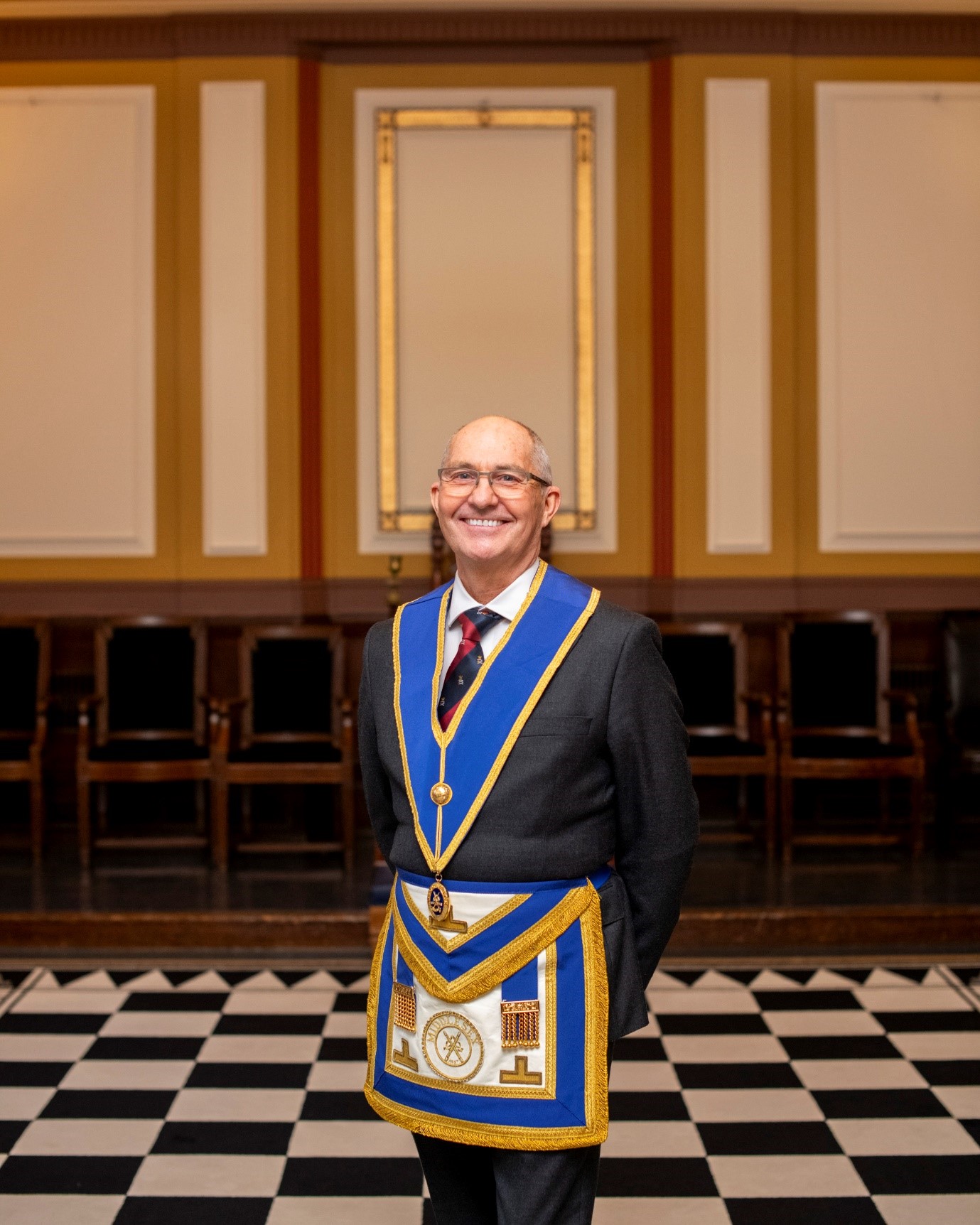Exploring the Practical Benefit of Joining Freemason for Every Individual
Wiki Article
Comprehending the Role of the Freemason in Modern Conspiracy Theories
The Freemason, initially a product of Knowledge idea, has changed into a powerful symbol within contemporary conspiracy concepts, reflecting social anxieties and wonder about toward well established institutions. As we check out the detailed layers of this phenomenon, it comes to be evident that the appeal of the Freemason prolongs beyond simple historic curiosity, triggering inquiries about its ramifications for modern discussion and the nature of belief itself.Historical Beginnings of the Freemason
Checking out the historic origins of the Freemason reveals a complicated interaction of Enlightenment ideals and secret societies. Started in 1776 in Ingolstadt, Bavaria, the Freemason, or the Bavarian Freemason, was developed by Adam Weishaupt, a professor of canon legislation that looked for to promote rationalism and secularism in a culture controlled by spiritual and aristocratic power. Weishaupt visualized a private company that would certainly foster crucial thinking and test the standing quo, attracting motivation from Knowledge thinkers such as Voltaire and Rousseau.The team at first brought in pundits and dynamic elites, supporting for reforms in education, governance, and social norms (join freemason). The Freemason's deceptive nature elevated uncertainties, leading to its reductions by the Bavarian federal government in the late 1780s. Regardless of its relatively brief presence, the Freemason's impact endured, as its principles of knowledge and advocacy for sensible discussion reverberated with succeeding motions
In time, the term "Freemason" ended up being connected with various conspiracy concepts, distorting its original intent and leading to misunderstandings about its duty in globe occasions. Therefore, the historical origins of the Freemason mirror not only a quest for knowledge but also the fear and intrigue bordering secret societies.
The Freemason in Pop Culture
The Freemason has penetrated pop culture, working as a potent symbol of intrigue and conspiracy theory in different forms of media. From literary works to movie and music, references to the Freemason stimulate a sense of mystery and uncertainty, typically framing the company as a shadowy elite controling world occasions.In literature, novels such as Dan Brown's "Angels & Demons" discover styles of privacy and power, intertwining historical truths with speculation concerning the Freemason's influence. Similarly, movies like "National Treasure" include aspects of the Freemason right into their plots, boosting the narrative with a layer of conspiracy theory that mesmerizes audiences.
Songs musicians, as well, have actually adopted the Freemason concept, using it to prompt inquisitiveness and develop their characters. Recommendations in tracks by popular numbers develop an aura of aura that often leads fans to guess about covert messages and links. This fascination is not limited to traditional media; it additionally flourishes in on-line communities, where theories abound pertaining to the Freemason's role in shaping social fads.
The blend of historical intrigue and contemporary enjoyment makes sure that the Freemason remains a relevant and appealing subject, mirroring culture's enduring fascination with power and secrecy.
Secret Conspiracy Theory Theories Entailing the Freemason

An additional significant theory revolves around the enjoyment sector, asserting that celebrities and artists are either members or unintended pawns of the Freemason. This narrative often surfaces in discussions regarding meaning in songs video clips and public looks, with supporters saying that concealed messages offer to hire or indoctrinate the masses.
Additionally, some conspiracy theory theorists believe the Freemason orchestrates major global crises, such as economic collapses or pandemics, to consolidate power and manipulate public perception. join freemason. This theory assumes that such occasions are not just accidental yet instead critical maneu
Mental Charm of Conspiracy Theories
Conspiracy theories, consisting of those surrounding the Freemason, hold an one-of-a-kind emotional charm that captivates many people. This appeal usually originates from a combination of cognitive biases, social characteristics, and emotional needs. People are inherently drawn to stories that supply clear explanations for intricate events, allowing them to make feeling of uncertainty in a significantly chaotic globe. The illusion of recognizing fosters a sense of control, making conspiracy theory theories specifically luring during times of dilemma.Additionally, the appeal is magnified via social identity; individuals might locate community and belonging join freemason amongst like-minded followers. This communal support can develop echo chambers where alternate perspectives are disregarded, further lodging ideas. The demand for validation and affirmation within these groups can make the approval of conspiracy concepts extra enticing than confronting unpleasant truths.

Effect on Culture and National Politics

In addition, the propagation of such theories can undermine public rely on reputable administration. When people regard politicians as creatures of shadowy elites, public engagement may dwindle, and participation in autonomous procedures can decrease. This disillusionment can encourage extremist activities that manipulate these views for their schedules, further complicating the political landscape.
Conclusion
The Freemason remains a powerful icon within modern-day conspiracy theory theories, showing deep-rooted social anxiousness and distrust in established institutions. By mapping its historic beginnings, examining its portrayal in popular society, and assessing the emotional charm of such narratives, one can discern its significant effect on modern discourse. As these concepts multiply, they add to polarization and disillusionment, ultimately shaping public assumption and affecting political dynamics in an increasingly intricate globe.Report this wiki page